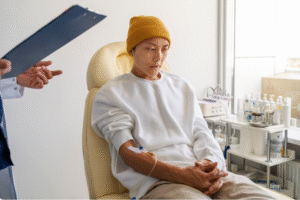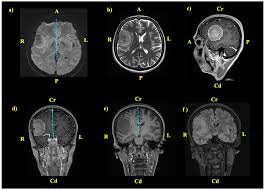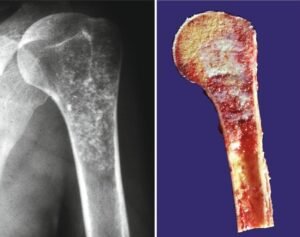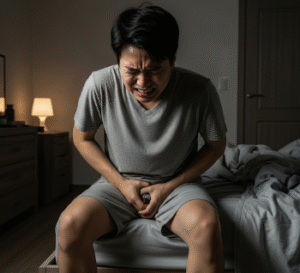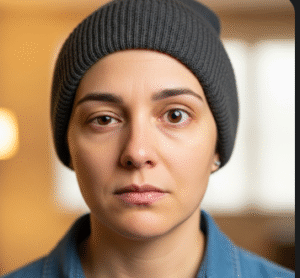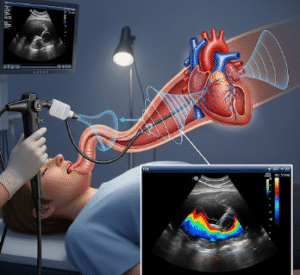What it is
Periorbital rejuvenation refers to a set of cosmetic and dermatological treatments that target the eye area, including the eyelids, under-eye hollows, dark circles, fine lines, and skin laxity. Since the skin around the eyes is thin and delicate, it shows early signs of aging, stress, and fatigue.
Periorbital rejuvenation can involve non-invasive energy devices, injectables, regenerative treatments, and surgery, depending on the patient’s concerns.
In Korea, where bright, youthful eyes are considered one of the most important beauty features, periorbital rejuvenation is a core part of both aesthetic dermatology and plastic surgery practices. Korean clinics specialize in delivering subtle, natural-looking improvements rather than dramatic alterations.
Why it’s done
Patients seek periorbital rejuvenation for multiple reasons:
- Reduce wrinkles and crow’s feet around the eyes.
- Improve dark circles caused by pigmentation, vascular visibility, or hollowing.
- Tighten eyelid skin and reduce crepiness.
- Correct tear trough deformities (under-eye hollowness).
- Enhance overall facial harmony by brightening the eye area.
- Prevent early aging signs in younger patients (20s–30s).
In Korea, periorbital rejuvenation is not only about anti-aging — it is also widely sought after for preventive care and maintaining “glass skin” aesthetics.
Alternatives
Depending on the patient’s needs, alternatives may include:
- Non-invasive energy devices
- Fractional CO₂ and erbium lasers (for fine lines, wrinkles)
- Pico lasers (for pigmentation-related dark circles)
- RF (radiofrequency) and HIFU (ultrasound) for skin tightening
- Injectables
- Hyaluronic acid fillers for tear troughs
- Botox for crow’s feet
- PRP (platelet-rich plasma) or Rejuran (PN injections) for skin regeneration
- Minimally invasive treatments
- Microneedling with growth factors
- Thread lifting for mild sagging
- Surgical options
- Blepharoplasty (eyelid surgery)
- Fat repositioning or grafting for hollow under-eyes
Korean dermatologists usually recommend combination therapies to achieve natural results, instead of relying on a single method.
Preparation
Preparation before periorbital rejuvenation includes:
- Detailed consultation → Korean clinics often use 3D imaging systems and skin analyzers to evaluate under-eye skin and structures.
- Medical history → Checking for eye conditions (e.g., dry eye, prior surgery, allergies).
- Lifestyle review → Assessing stress, diet, and skincare habits.
- Pre-procedure care → Avoid blood-thinners, alcohol, and harsh skincare 1 week before.
- Expectation counseling → Patients are guided about achievable outcomes (subtle, refreshed look).
How it’s Done
The actual treatment varies depending on the method:
- Laser & energy-based treatments
- Fractional CO₂ laser for collagen stimulation.
- Pico laser for pigmentation and dark circles.
- RF or HIFU devices to tighten eyelid skin.
- Injectables
- Fillers to correct tear troughs.
- Botox for crow’s feet.
- PRP or Rejuran for natural skin regeneration.
- Thread lifting
- Absorbable threads placed under skin for mild lifting.
- Surgical approaches
- Blepharoplasty to remove excess skin or fat.
- Fat repositioning for under-eye hollows.
⮕ In Korea, many clinics design customized combination treatments, e.g., filler + Pico laser, or blepharoplasty + regenerative injections, for comprehensive rejuvenation.
Recovery
Recovery depends on the method chosen:
- Non-invasive (lasers, RF, HIFU) → Mild redness/swelling for 1–3 days; no downtime.
- Injectables → Minor swelling or bruising for up to 1 week.
- Threads → Tightness or bruising for 5–7 days.
- Surgery → 1–2 weeks of swelling and bruising; final results in 2–3 months.
Korean clinics often speed up recovery with:
✔️ Cooling therapy and LED healing light.
✔️ Herbal calming masks and antioxidant-rich serums.
✔️ Tailored post-care skincare kits.
Complications
Possible complications vary but may include:
- Lasers → Hyperpigmentation or sensitivity.
- Fillers → Swelling, lumps, bruising, or rare vascular complications.
- Botox → Temporary eyelid drooping if injected incorrectly.
- Threads → Small dimples or irritation.
- Surgery → Scarring, asymmetry, or prolonged swelling.
Korean specialists reduce risks by using conservative, precise protocols and often employ ultrasound-guided filler techniques for added safety.
Treatment Options in Korea
Korea is a global hub for periorbital rejuvenation, offering:
- High-tech lasers → Fraxel, PicoSure, and fractional CO₂ widely used.
- Cutting-edge RF & HIFU devices → Thermage FLX, INTRAcel RF microneedling, Ulthera.
- Advanced injectables → Hyaluronic fillers with cannula technique, PRP, Rejuran Healer.
- Signature Korean protocols:
- Dark circles → Pico laser + filler + PRP/Rejuran.
- Wrinkles → Botox + fractional CO₂.
- Hollows → Filler + fat repositioning.
- Preventive aesthetics → Younger patients opt for mild Botox, skin boosters, or RF to delay aging.
- Natural outcome philosophy → Subtle, harmonious rejuvenation is prioritized over dramatic results.
✅ Key Point: Periorbital rejuvenation in Korea combines advanced medical technology, injectables, and surgical expertise with holistic K-beauty aftercare, providing natural, refreshed, and youthful-looking eyes with minimal downtime.





